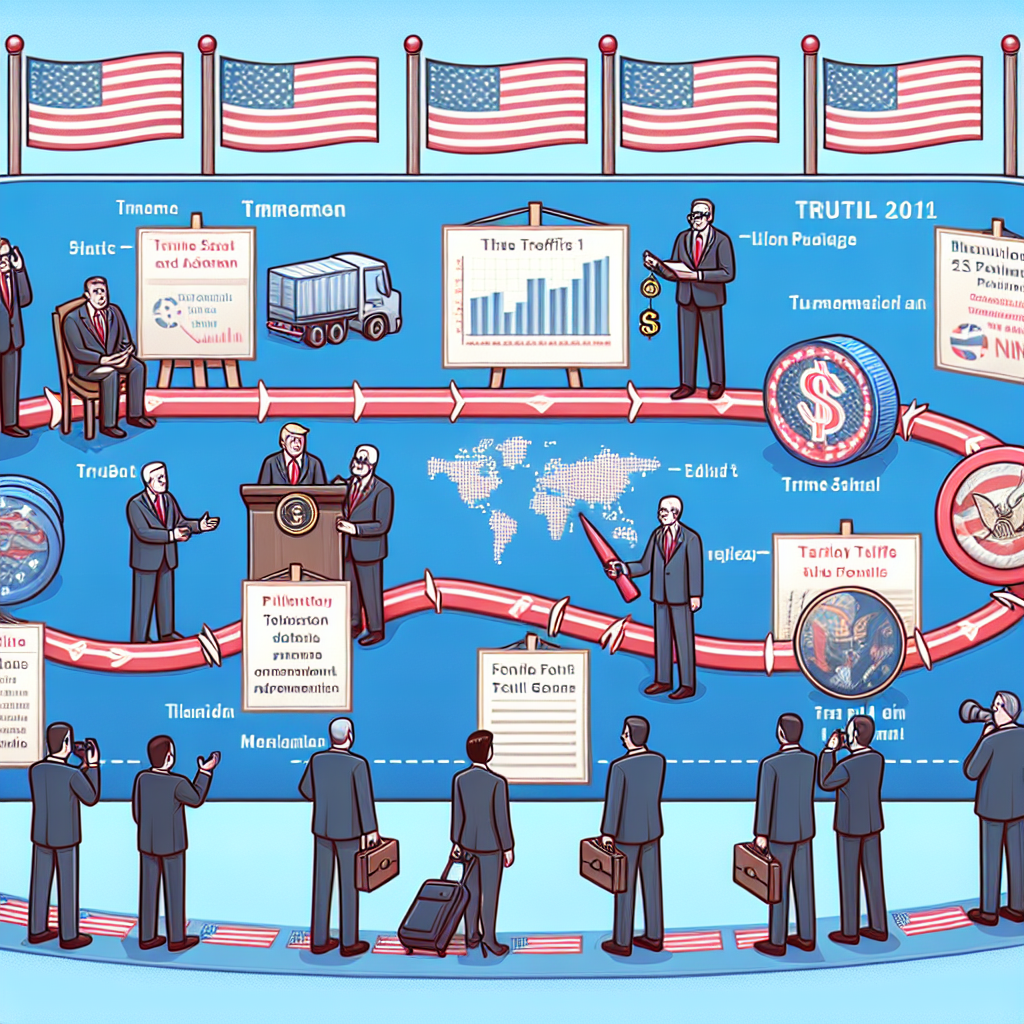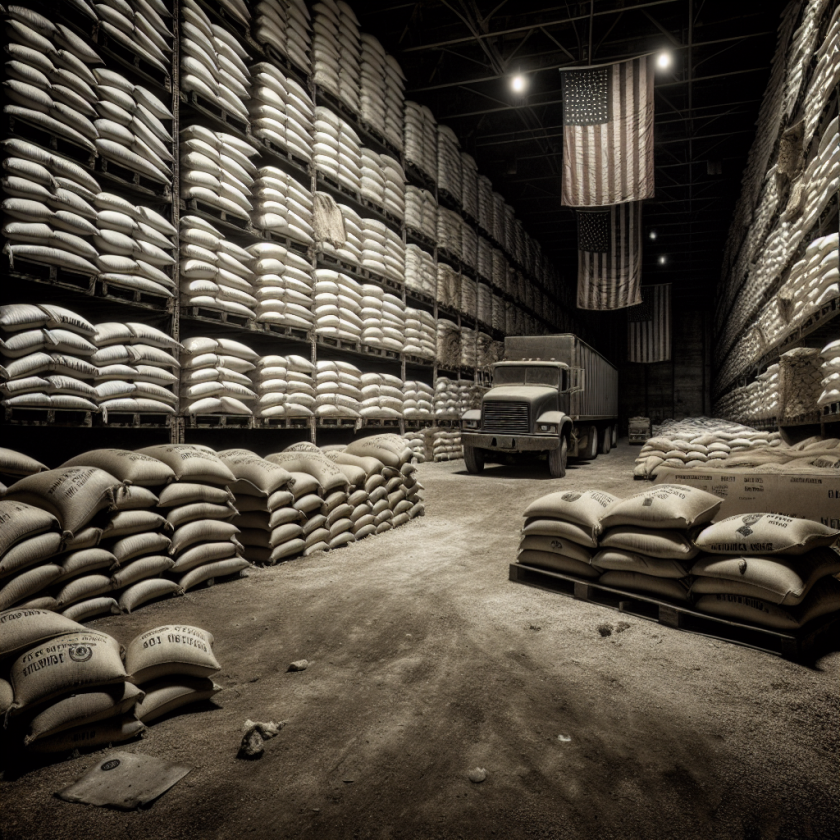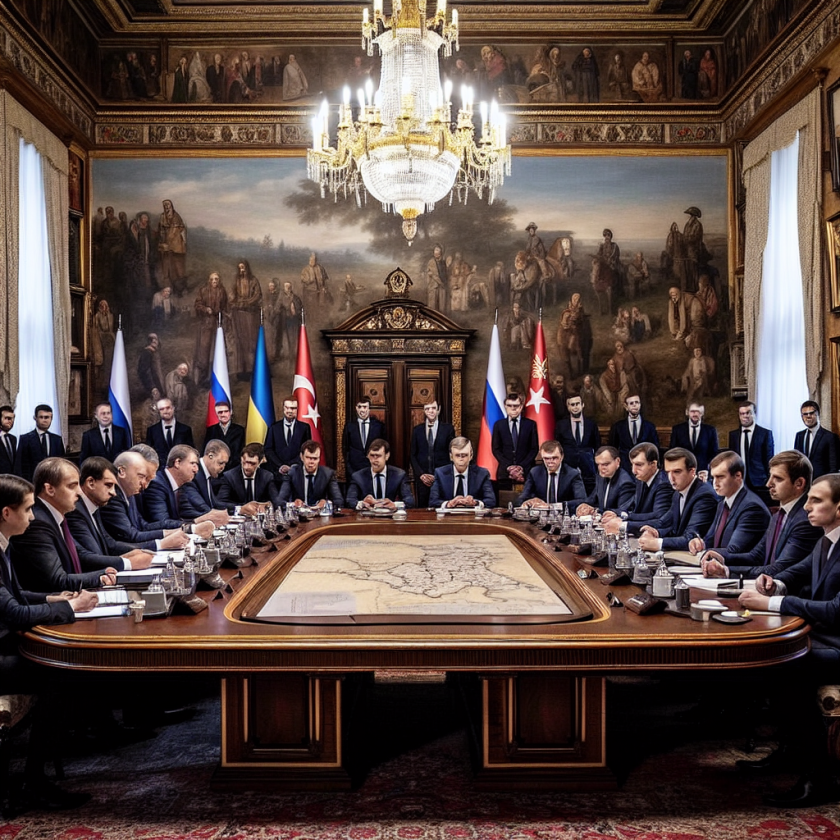Trump’s Tariff Timeline: Key Announcements and Implementation Dates
Trump’s Tariff Timeline: Key Announcements and Implementation Dates
Introduction to Trump’s Tariff Strategy
During his presidency, Donald Trump implemented a series of tariffs aimed at reshaping international trade dynamics. These tariffs were primarily focused on reducing trade deficits and protecting American industries. This timeline highlights the key announcements and implementation dates of these tariffs, providing insights into their strategic objectives and impacts.
Major Tariff Announcements
- March 2018: Trump announced tariffs on steel and aluminum imports, citing national security concerns. The tariffs were set at 25% for steel and 10% for aluminum.
- July 2018: The administration imposed tariffs on $34 billion worth of Chinese goods, marking the beginning of a trade war with China.
- September 2018: Additional tariffs on $200 billion of Chinese imports were announced, escalating tensions further.
- May 2019: Tariffs on $200 billion of Chinese goods were increased from 10% to 25% as trade negotiations stalled.
Implementation Dates and Phases
The implementation of these tariffs was carried out in phases, allowing for adjustments and negotiations:
- March 23, 2018: Steel and aluminum tariffs took effect, with temporary exemptions for certain allies.
- July 6, 2018: The first round of tariffs on Chinese goods was implemented.
- September 24, 2018: The second round of tariffs on Chinese imports began, with a planned increase in January 2019.
- June 1, 2019: The increased tariffs on Chinese goods were enforced after negotiations failed to yield a deal.
Impact and Reactions
The tariffs had significant economic and political repercussions:
- U.S. industries, particularly agriculture, faced retaliatory tariffs from affected countries, impacting exports.
- Trade tensions led to market volatility and uncertainty in global supply chains.
- Negotiations with China eventually resulted in a “Phase One” trade deal in January 2020, easing some tariffs.
Conclusion
Trump’s tariff strategy was a pivotal aspect of his economic policy, aimed at addressing trade imbalances and protecting domestic industries. While it led to significant trade tensions and economic challenges, it also prompted negotiations and discussions on fair trade practices. The timeline of these tariffs reflects a complex interplay of economic strategy and international diplomacy.








































